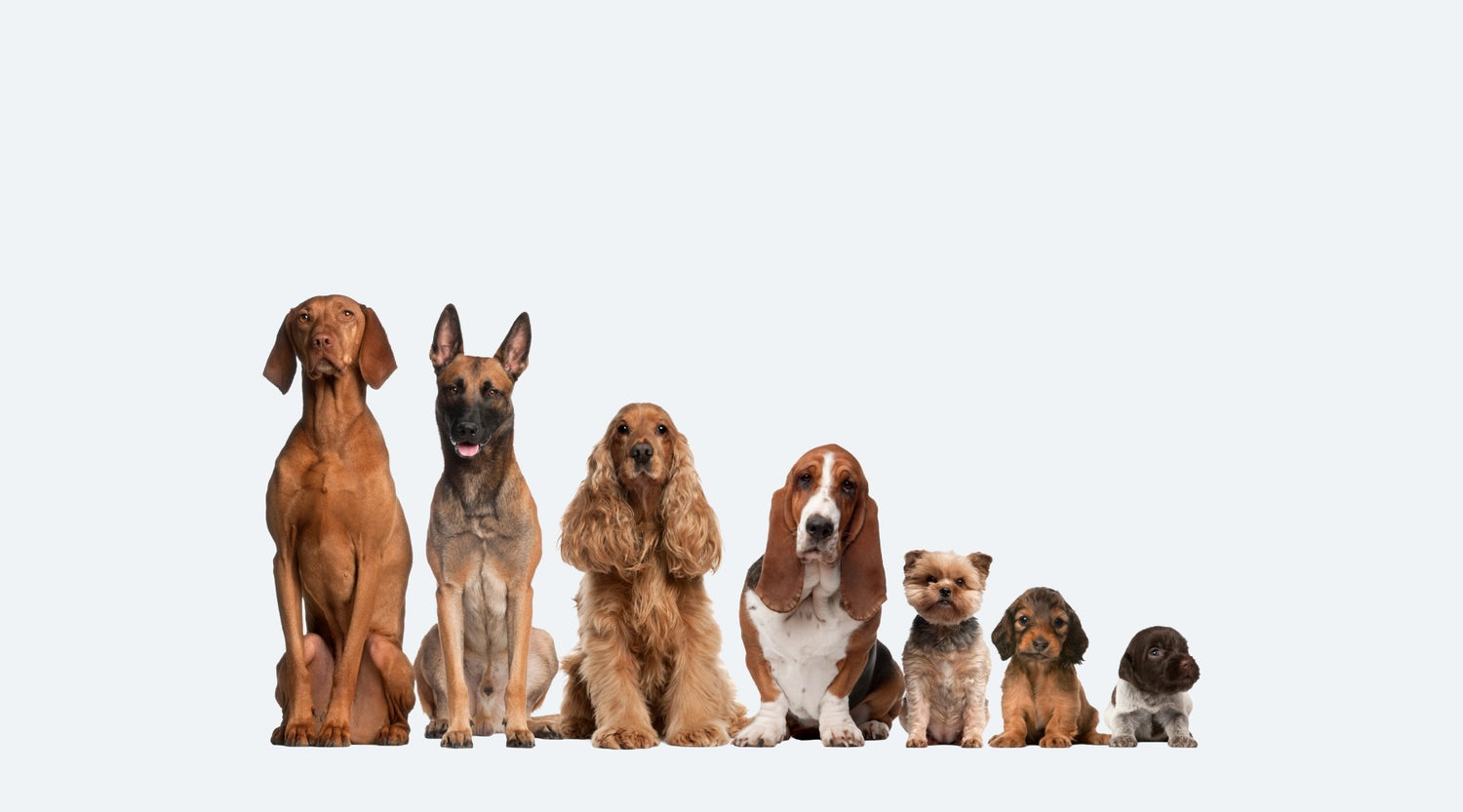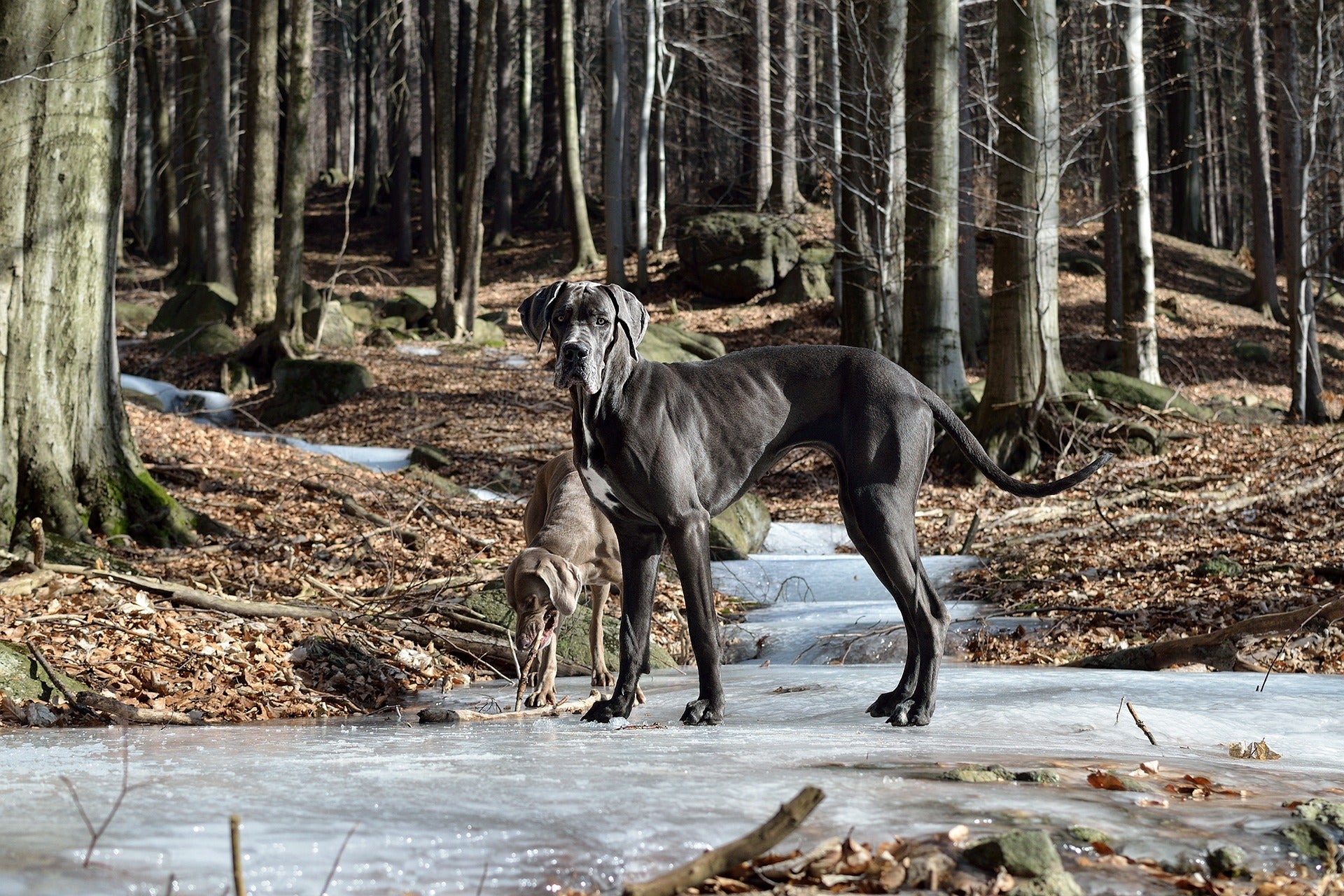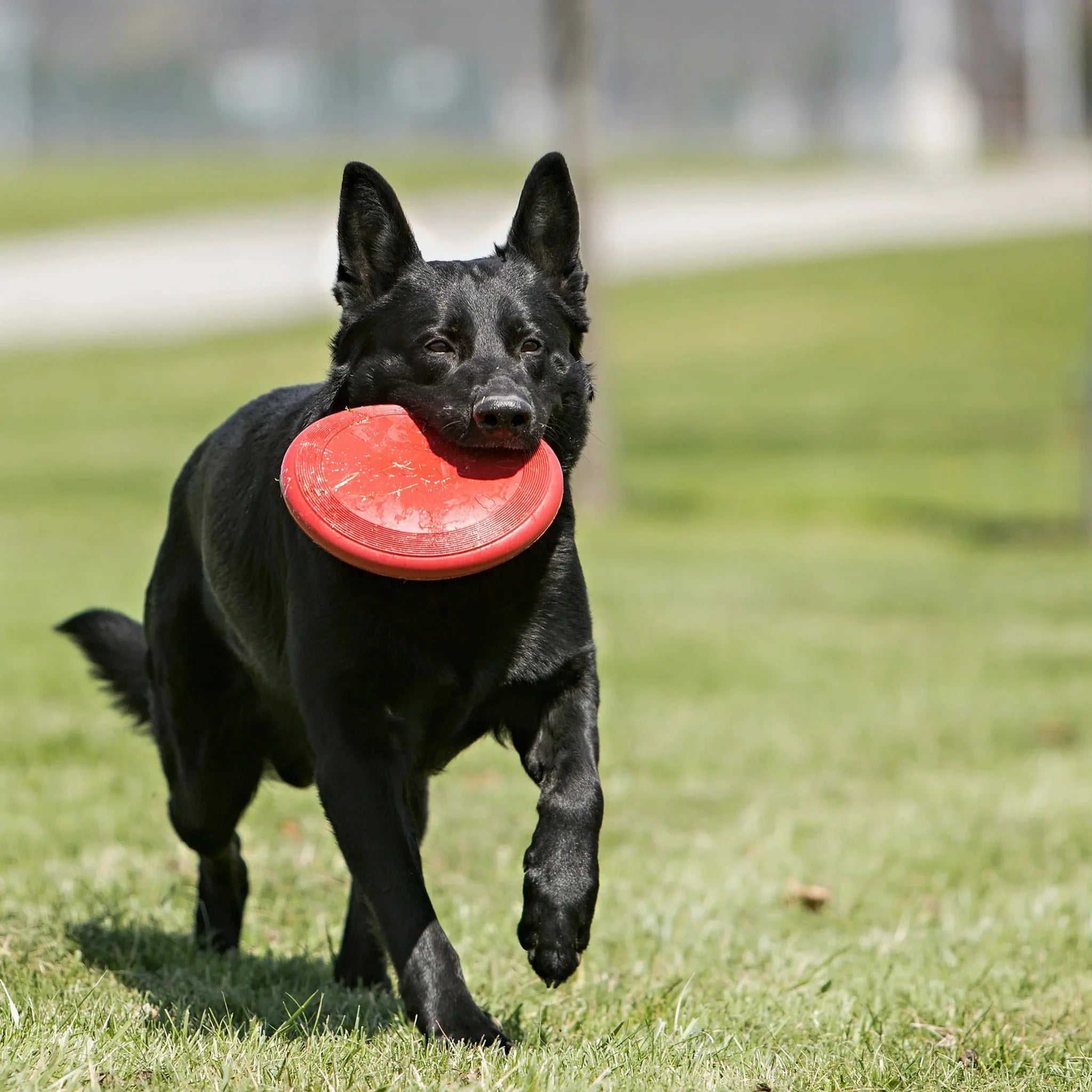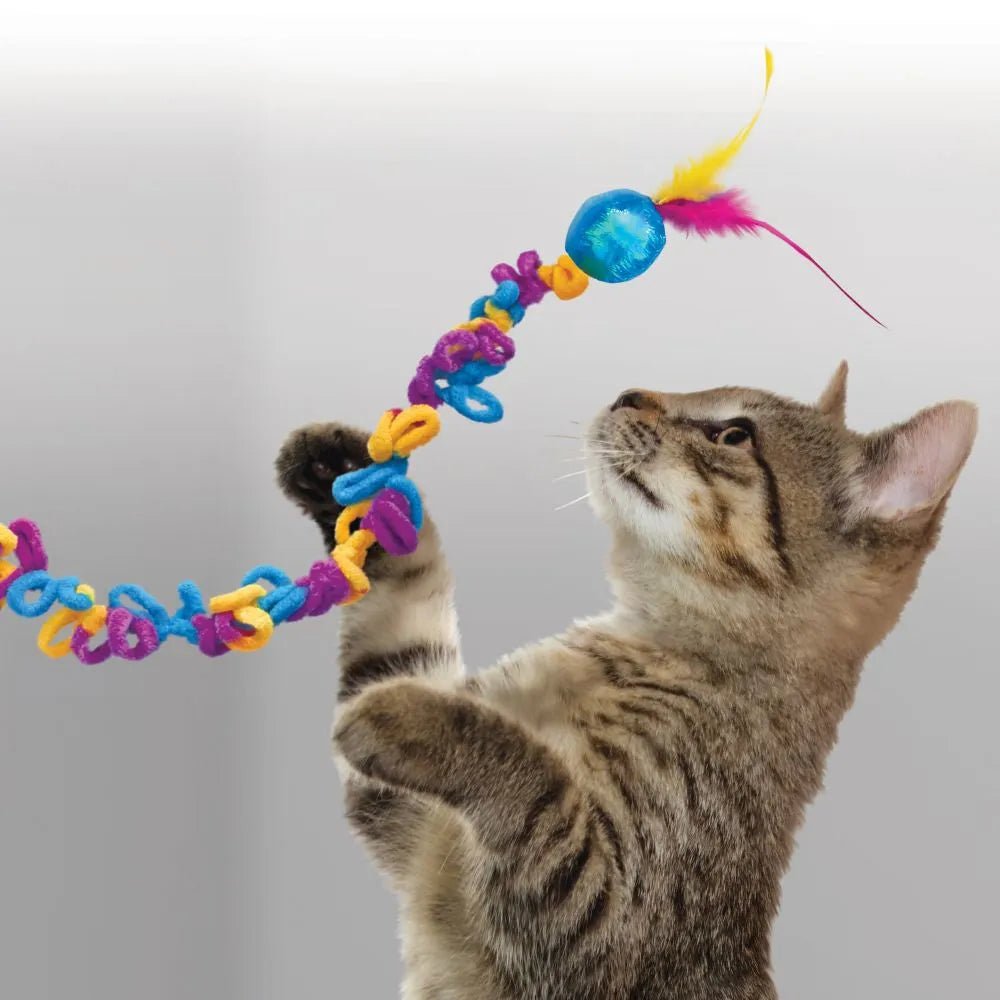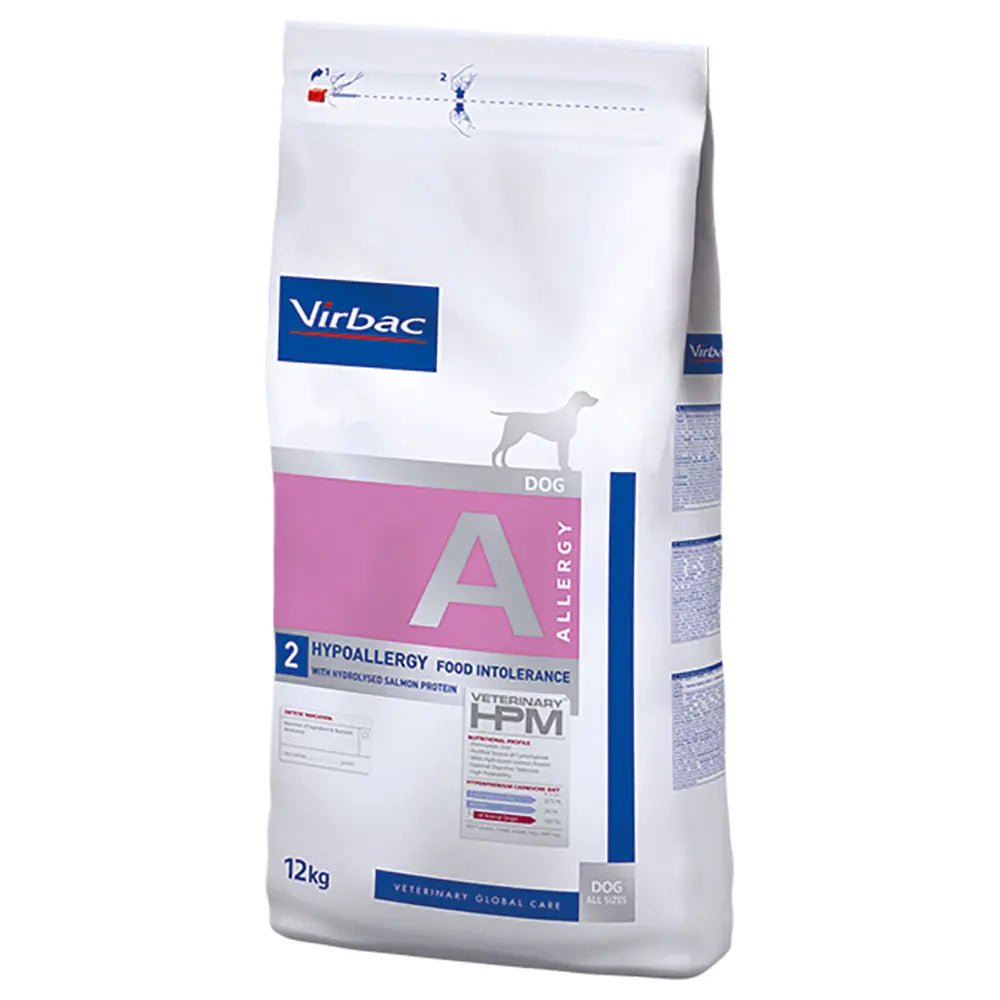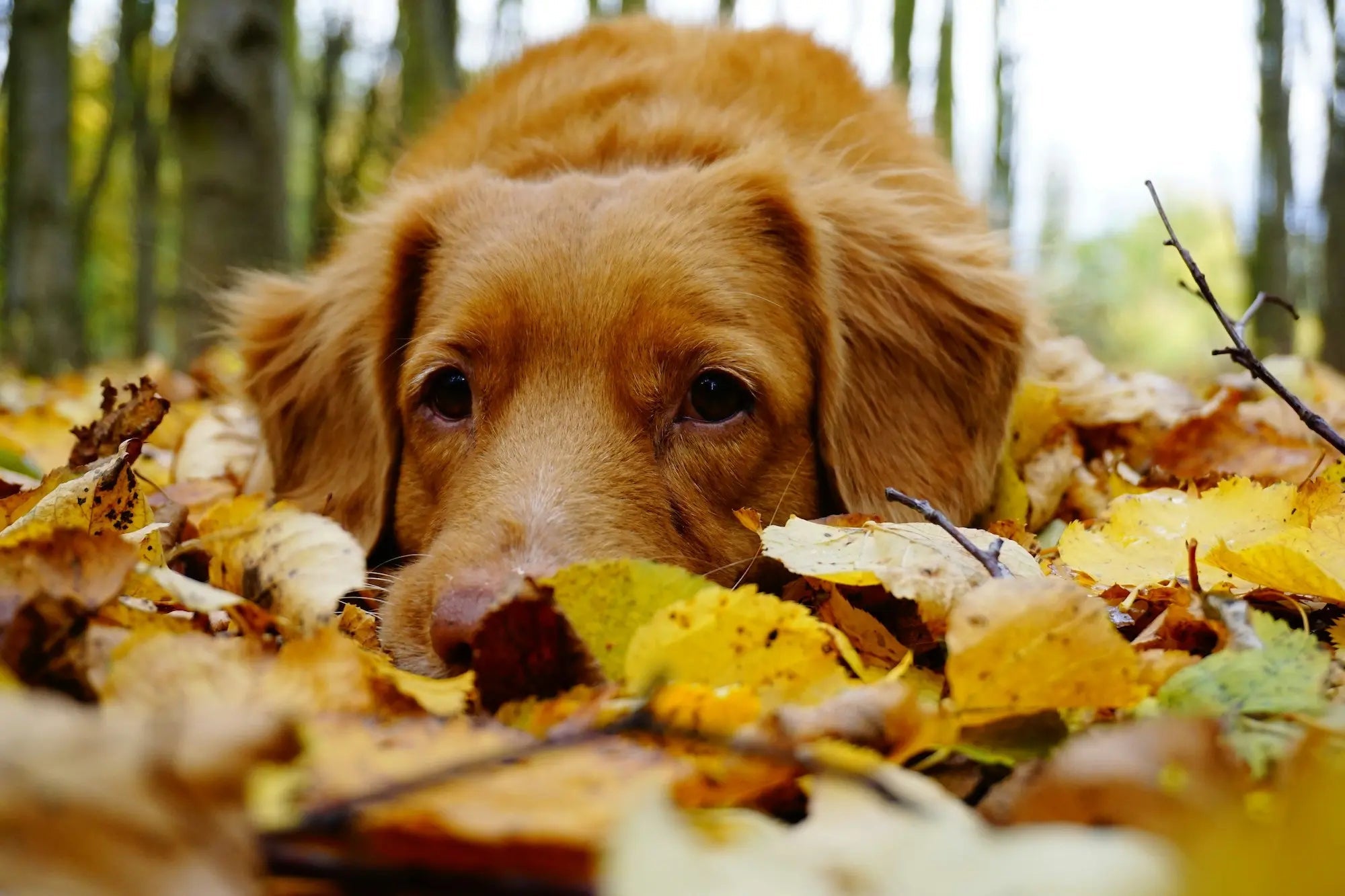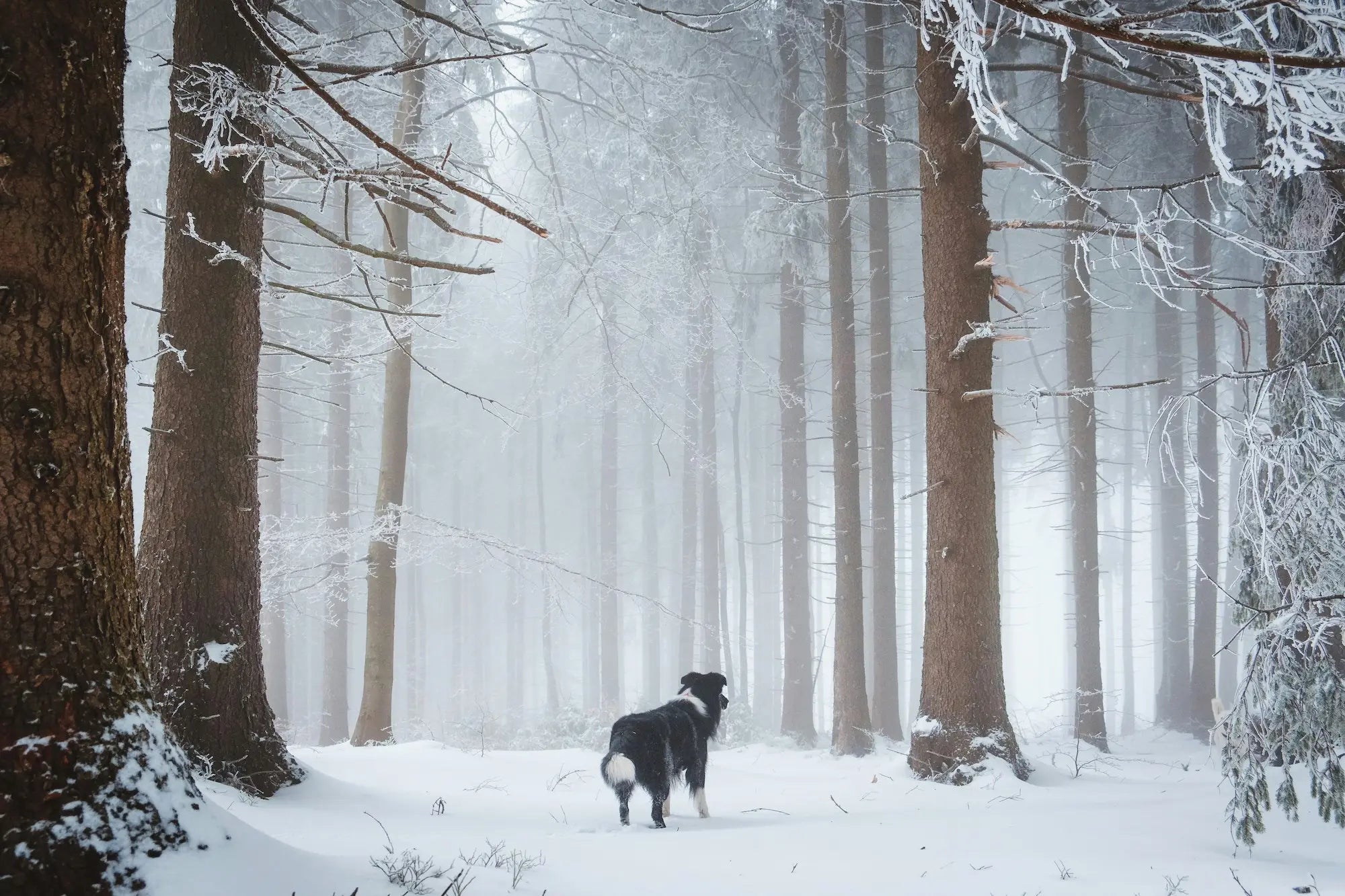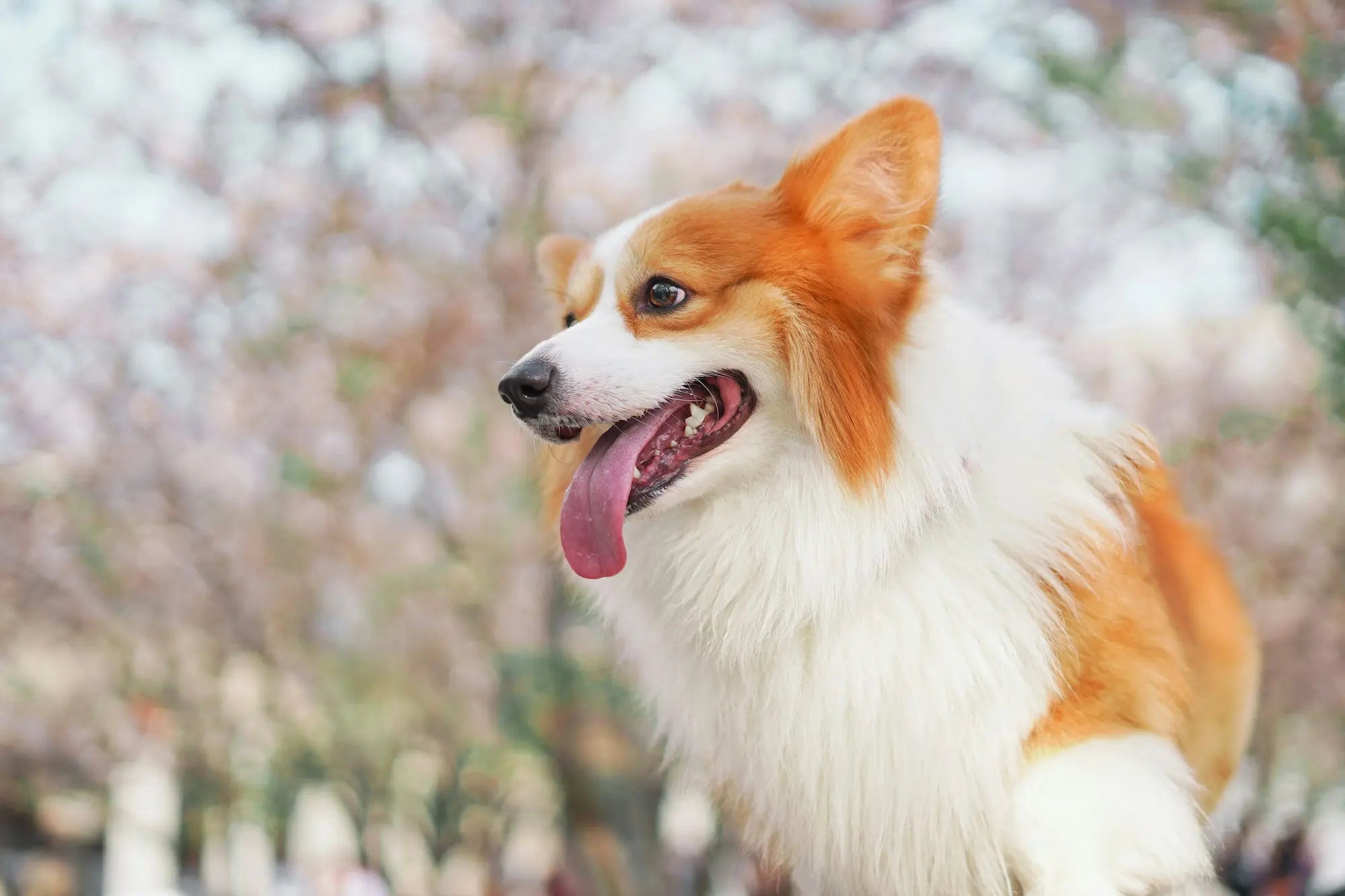The Great Dane, as the name suggests, is a large dog. Despite their size, they are loving and loyal, and are often referred to as friendly giants. Read more about the Great Dane and what you can expect as an owner of this massive furball!
race facts

Family friendly

Activity level

Fur care

Training needs

Clearing

Size
Facts about the breed
The Great Dane, translated as “Great Dane” and often referred to simply as the Danish dog, has a long and proud history that stretches back far, originating in Germany. The first breed standard was established in 1891, and since then it has become a popular breed all over the world. Originally bred to hunt large animals such as deer and wild boar, the Great Dane has now found its niche as a pleasant family dog and companion.
What can you expect as an owner of a Great Dane dog?
Personality
Personality
As the Great Dane is no longer considered a hunting dog, it is rare or not bred for specific skills. In today's breeding practices, the Great Dane is primarily intended to be a loving family dog that is friendly, loyal and devoted to its owner. Although it can be a little reserved with strangers, the aim is to breed it to be confident, courageous and easy to train. Despite its somewhat intimidating size, the Great Dane is generally docile and kind, and has been described as "friendly giants". The breed is both loyal and child-friendly. However, please note that young children should never be left alone with dogs.
Activity level
Activity level
Although the Great Dane is a really large breed that likes to be involved in activities, they usually tend to be calm indoors. This is of course subject to the condition that it gets enough exercise and stimuli during the day. On walks, thanks to its physique, it can be both fast and persistent, and a Great Dane will more than happy to join you on longer walks. At the same time, the Great Dane loves to play, and with a ball or other toy you can have a lot of fun.
Training
Training
Great Danes grow very quickly, and by the age of seven months they are almost finished growing in height. Because of their size, it is important to give the dog good exercise and thorough socialization. It is also during this period that the foundation for the rest of the dog's life is laid. The puppy and young dog phase is of particular importance for the Great Dane, as it will be so large when fully grown. Therefore, it is recommended to be consistent and give the dog a thorough upbringing, and to start with this as soon as you have brought the puppy home.
It is important to make the most of the time between eight and twelve weeks, as this is a particularly important time for puppies. Although the Great Dane is known for its gentle nature, it is always important to remember that leadership must be in place. This breed is best suited to those who have some experience with dogs, are genuinely interested in dogs, and are willing to work actively with their four-legged friend.
Health
Health
Weight and size
Male dogs can be up to 90 cm tall, and females about 84 cm. The weight of a male dog is often somewhere between 60 and 80 kg, while females tend to weigh between 45 and 60 kg.
Lifespan
Great Danes have a low life expectancy of only 5 to 7 years.
Hereditary diseases
Great Danes are prone to certain genetic health problems that may partly explain their short lifespan. One of the most dangerous is gastric torsion , where the stomach twists and cuts off the blood supply. The condition can be fatal. This is especially common in this breed, and if the dog has had it once, there is also a greater risk of it happening again.
The breed can also be prone to heart problems. As a Great Dane owner, it is important to avoid overfeeding or overexerting your puppy in the first few years of life. This can lead to excessive stress on the joints, which over time can develop into various bone and spine problems.
In addition, there is a certain incidence of hip dysplasia (HD) and deafness in the breed.
Fur
Fur
The breed's short, smooth coat requires minimal grooming. The dog can be bathed as needed and brushed during shedding periods.
Food and nutrition
Food and nutrition
Large dog breeds like Great Danes eat a lot, and you can expect to pay a lot for food. When it comes to feeding habits, Great Danes are prone to bloating, which can lead to gas and, in the worst case, stomach upset. To prevent this, you should focus on giving your dog two or three smaller meals during the day, rather than one large portion. Choose a high-quality food that is adapted to the breed. It is also a good idea to make sure that your dog rests for at least an hour after eating. Large dogs can also benefit from having their food and water bowls placed higher, so that they do not have to reach down and strain their legs when eating.
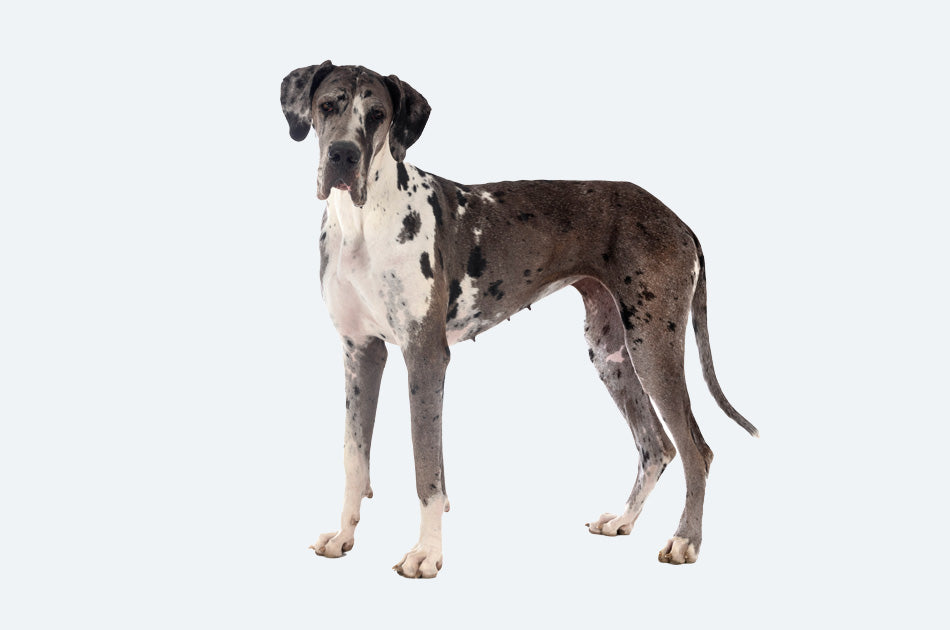
Great Dane
If you are interested in knowing more about the Great Dane, you can contact the breed club Norwegian Great Dane Club .
It is important to choose a seller who provides you with information about how the dog was bred to ensure that you are not contributing to uncontrolled or illegal dog trade. Unfortunately, not everyone breeds properly and properly, which can lead to serious diseases in the puppies. Being well prepared and finding a reliable breeder is therefore in the best interest of both you and your dog.
